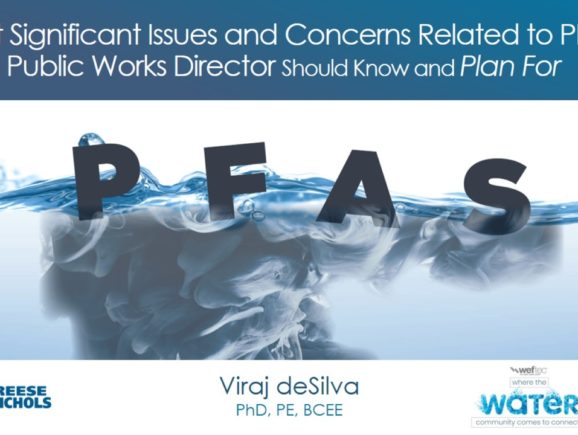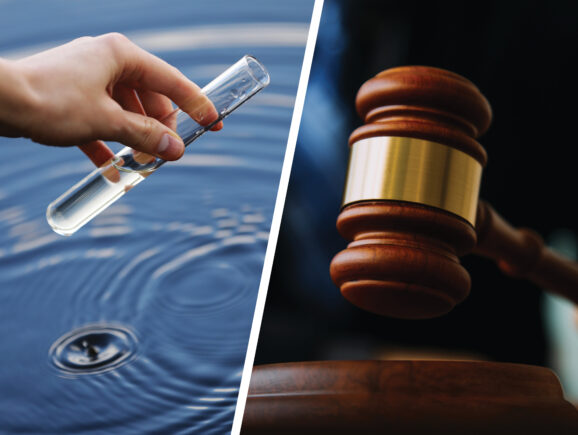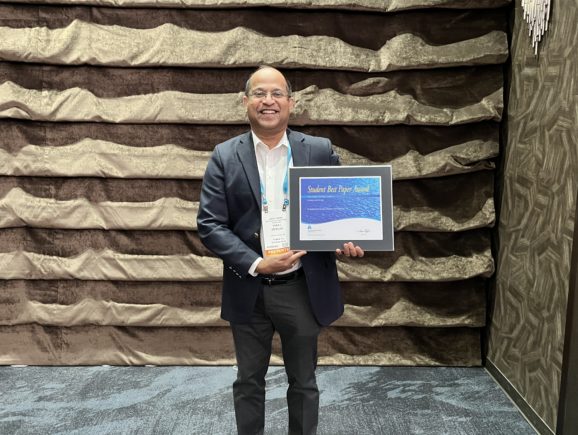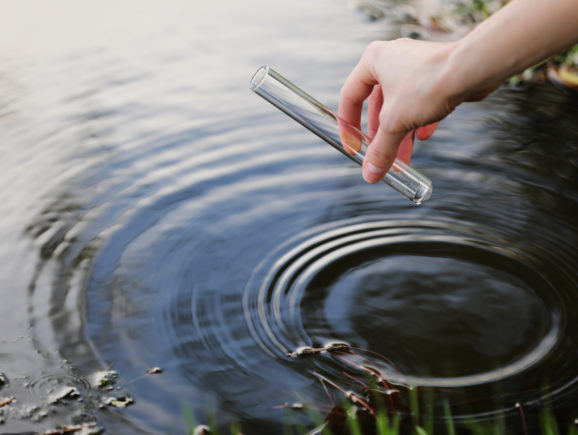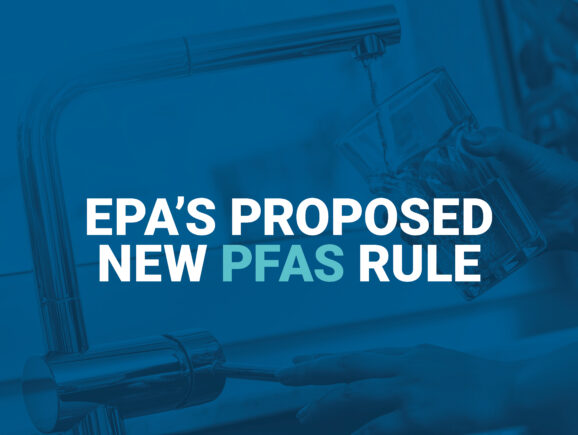New Federal PFAS Limits: What Water Systems Should Do Now
Now that the Environmental Protection Agency has released strict limits for per- and polyfluoroalkyl substances (PFAS) under the Safe Drinking Water Act, thousands of public water systems must take action to test, monitor and plan for changes to remove these contaminants from their drinking water.
The new National Primary Drinking Water Regulation announced April 10 is expected to reduce PFAS exposure for more than 100 million people (some studies estimate 200 million) across the United States. The goal is to protect against the health impacts of these “forever chemicals,” such as increased risk for cancer, liver disease, heart attacks and strokes and potential harm to pregnant women, babies and children.
However, these new limits will significantly impact water utilities, manufacturers and users of PFAS, and downstream distributors.
The Limits (Maximum Contaminant Levels)
- 4.0 parts per trillion (ppt): for perfluorooctanoic acid (PFOA) and perfluorooctane sulfonic acid (PFOS), two types of PFAS commonly found in drinking water
- 10.0 parts per trillion: for perfluorononanoic acid (PFNA), hexafluoropropylene oxide dimer acid (HFPO-DA, commonly known as GenX), and perfluorohexane sulfonic acid (PFHxS)
- Hazard Index of 1: for any combination of two or more PFHxS, PFNA, GenX and a fourth substance, PFBS
The Timeline
2024-2027: Public water systems have three years to complete initial monitoring requirements.
Early 2027: Ongoing compliance monitoring starts. Water systems also must provide the public with information on the levels of these PFAS in their drinking water.
Beginning in 2029: Water systems with PFAS exceeding one or more Maximum Contaminant Level (MCL) must take action to reduce them and notify the public of the violation.
What Utilities Should Do Now
- Test: Start testing your finished water for PFAS if you haven’t done so. Specific sampling protocols must be followed and certified labs must be used. EPA maintains a list of laboratories certified to test for PFAS under the Unregulated Contaminant Monitoring Rule 5 (UCMR5).
- Sample: Sample your raw water sources, especially if you have multiple sources, to determine whether one or more of them is the source of contamination. Explore new PFAS-free water sources, if that’s feasible, and identify countermeasures to protect and reduce PFAS in your raw water supplies.
- Plan: If your finished drinking water exceeds or nears the new maximum levels, you’ll need to start planning how to treat the water to reduce the PFAS below the MCLs. This could be achieved by evaluating the best available technologies and performing bench-scale or pilot-scale studies to find the treatment process best suited for your situation. A pilot study typically could last from 3 to 12 months and might require approval from the responsible state agency under the EPA.
- Explore Funding: Look for available funding/grants to help pay for your initial PFAS sampling, studies and testing. See more information on funding below.
- Get Guidance: Coordinate with a consulting engineer for planning, piloting, final design and construction of any needed water treatment facility improvements.
To provide more information, the EPA has made available recordings and other materials from a series of April webinars.
Click here to access those resources.
Paying for PFAS Solutions
Costs will include sampling, testing, ongoing monitoring, communication, obtaining new or additional water sources, and piloting, installing and maintaining treatment technologies.
These funds are available from the Bipartisan Infrastructure Law (BIL):
- $9B for community water systems impacted by PFAS or emerging contaminants
- $1B for private well owners
- $12B for general drinking water improvements
Because PFAS contamination can have a disproportionate impact on small disadvantaged/rural communities, federal funding is available for these water systems.
How Freese and Nichols Can Help
With our team’s expertise and experience in environmental science and water treatment, we can assist you with all aspects of PFAS regulatory compliance. Our experts can provide initial evaluations and planning and design treatment solutions that purify drinking water impacted by PFAS compounds.
Freese and Nichols can help you address PFAS each step of the way:
- Plant evaluations and sampling plans
- PFAS sampling and data analysis
- Planning, cost estimating and developing CIP programs
- Pilot studies to optimize treatment efficiency
- PFAS treatment system planning, design and construction
- Waste disposal plans
- PFAS program management
- Permitting
- Funding assistance
To learn more, contact David Jackson, david.jackson@freese.com, or Viraj deSilva, viraj.desilva@freese.com
Read more about the new regulation:
EPA’s Final PFAS National Primary Drinking Water Regulation Resource Page
PFAS and CERCLA
In a related action, the EPA on April 19 designated PFOA and PFOS, two widely used PFAS, as hazardous substances under CERCLA, the federal “Superfund” law governing cleanup of hazardous waste sites. This adds an enforcement tool aimed primarily at PFAS manufacturers, federal facilities and industrial parties.
This final rule will take effect 60 days after it is published in the Federal Register. Investigations and actions under the Superfund law won’t change the MCL standard and is unlikely to target community water systems, publicly owned treatment facilities, landfills, airports or fire departments, or farms using biosolids.


